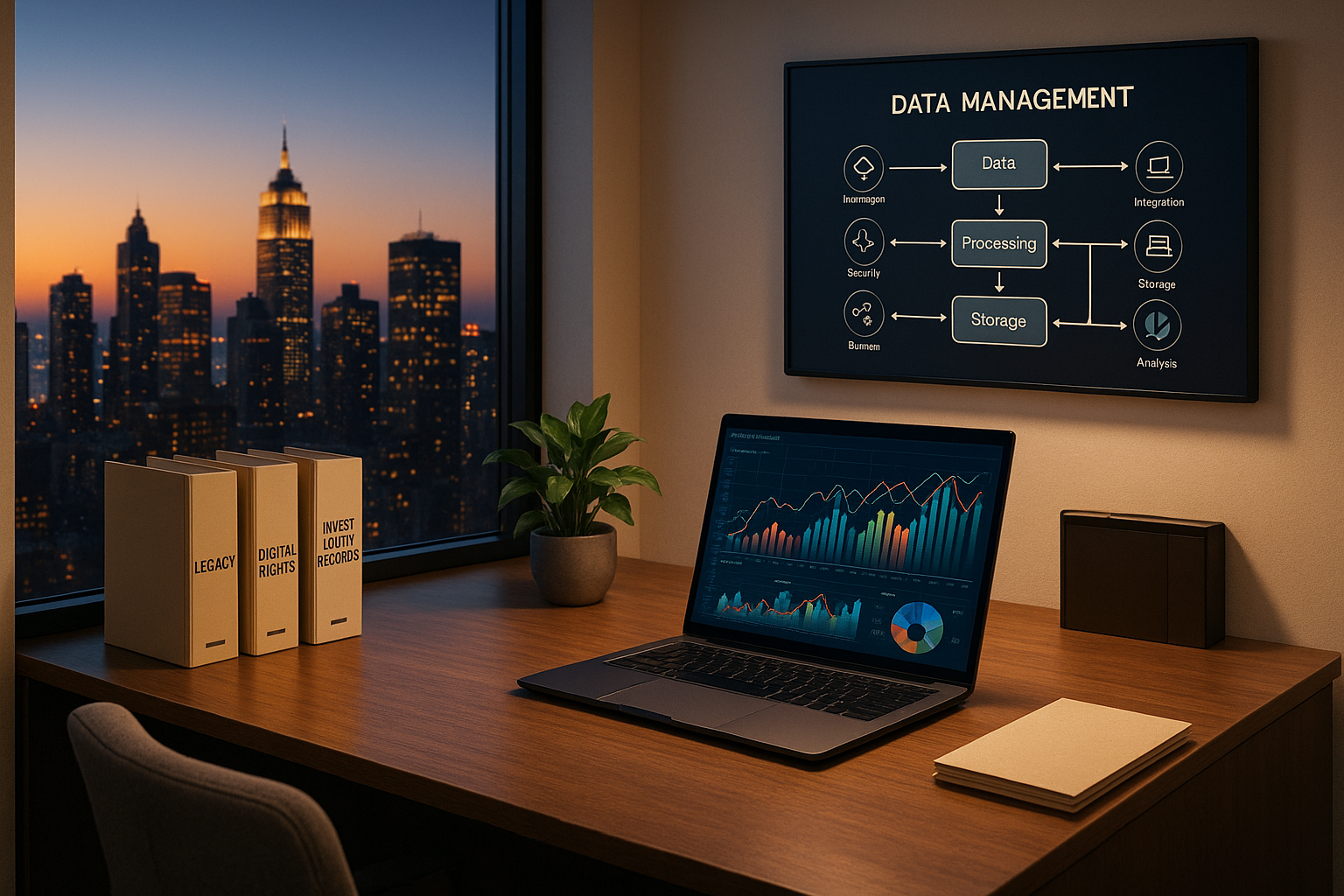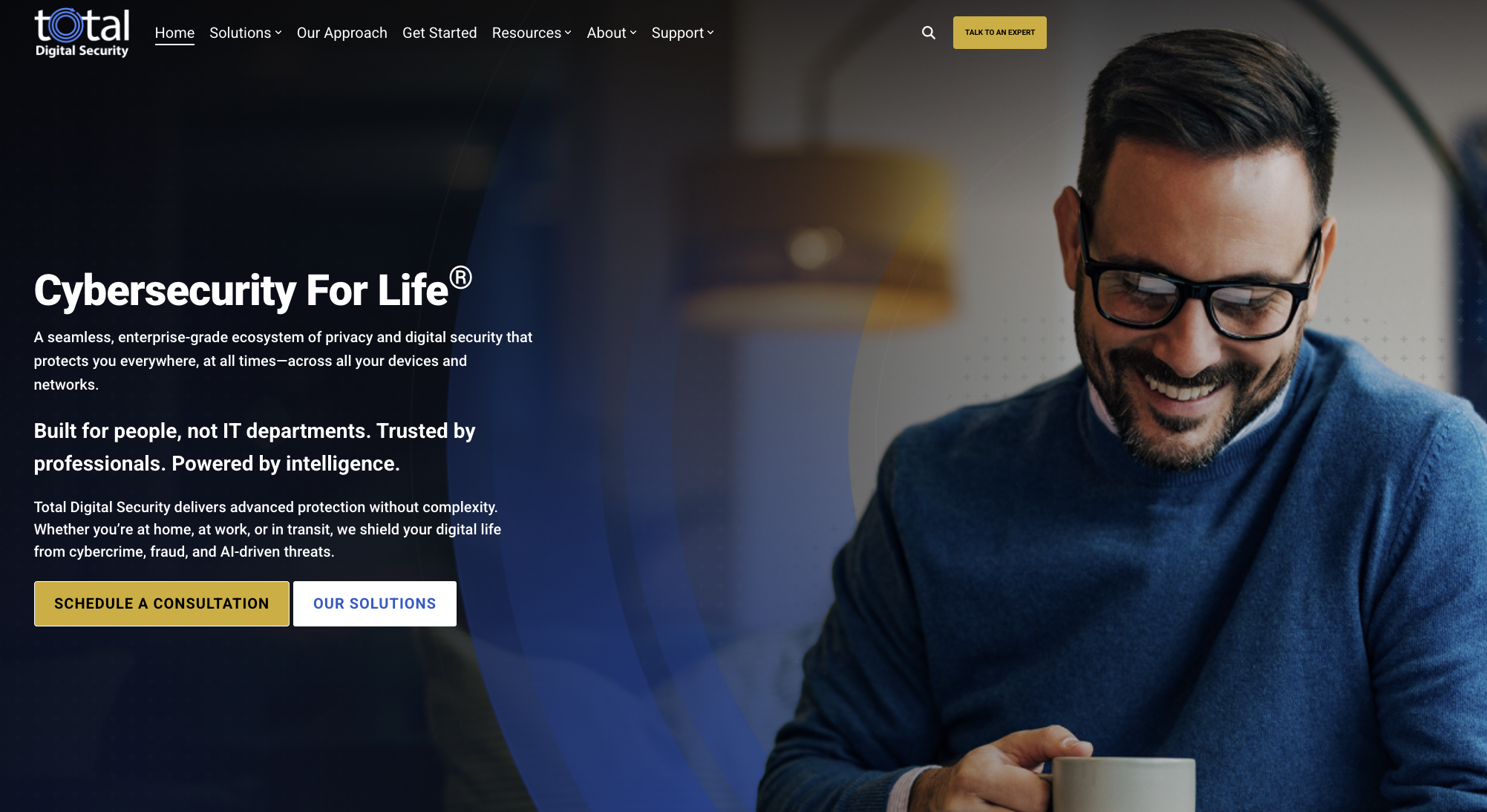9 min read
Stay Vigilant: Current AI and Cybersecurity Threats
Over the past decade writing these letters, I’ve made it my mission to help you navigate the digital age with confidence and resilience. If I have...
3 min read
![]() Total Digital Security
:
February 07, 2025
Total Digital Security
:
February 07, 2025

It's officially tax-season and trusted advisors everywhere will be reaching out to their clients soon. It's also a great time to add value to your professional relationship with clients by making sure they are taking precautions to protect while sharing sensitive personal and financial information.
Since 2019, surveys across industries catering to high-net-worth (HNW) and ultra-high-net-worth (UHNW) clients—financial services, luxury real estate, investment newsletters, family offices, private banks, and conference audiences—have all consistently reported the same conclusion: Cyber-related risk is a top concern for private clients and their families.
After more than a decade in the field, working directly with private clients on cyber risk, here are key insights and strategies to help advisors discuss privacy, cybersecurity, and digital risk with their clients.
The nature of cyber threats has changed. Cybercrime is no longer just an abstract corporate risk—it’s a deeply personal one.
Global hacking syndicates, armed with NSA-grade tools and AI-enhanced attack methods, now target individuals with wealth and influence. These attacks are no longer isolated; they are relentless, automated, and highly targeted.
We call this shift “The Democratization of Cyber Risk.” Once reserved for high-profile CEOs and corporate entities, these threats now extend to individuals and families who are less prepared and, therefore, more vulnerable.
As trusted advisors, it’s imperative to elevate the conversation on cyber risk. Clients are looking for guidance—not just from their IT teams, but from you—their closest and most trusted professional relationships.
For many, cybersecurity remains an abstract concept, making it difficult to visualize and prioritize. However, breaking it down into three primary attack surfaces helps frame the conversation in a way that resonates:
More than 99% of all cyber risk exists at the intersection of people and their personal technology. Understanding these attack surfaces—and taking deliberate steps to secure them—significantly reduces exposure to cyber threats.
Email remains the single greatest source of cyber risk. A staggering number of attacks begin with an innocent-looking email designed to trick the recipient into clicking a malicious link, opening an attachment, or providing sensitive information.
To protect against email-based threats, clients should ask themselves:
Increasingly, private clients, wealthy families, and VIPs are migrating to private email domains with secure hosting, giving them full control over their data and mitigating the risks of Big Tech’s data mining.
Devices—whether desktops, laptops, tablets, or smartphones—are a primary entry point for cyber threats.
To protect them, HNW and UHNW clients and families should implement:
Innovation in endpoint security has advanced considerably. Clients who haven’t revisited their protection in the last two years should reevaluate their defenses.
The most significant cybersecurity advancements in recent years have been in network security.
Home and home-office networks can now be fully secured against external threats. For smart homes, home offices, and family environments, strong network security is no longer optional—it’s essential.
Cybercrime is on a permanent growth trajectory. It is an industry unto itself, with its own marketplaces, sophisticated tools, and billion-dollar revenue streams.
It’s a bankable bet that cyber threats will continue to intensify in 2025 and beyond. The economic and reputational damage from cybercrime will be widespread, but the most severe impact will be at the individual and small-group level—affecting private clients, families, and small businesses.
Clients trust their attorneys, accountants, wealth managers, real estate advisors, and private bankers to help them navigate risk—not just financial, but existential risk.
By proactively discussing cybersecurity, you:
✅ Strengthen your role as a trusted advisor.
✅ Differentiate yourself by addressing a critical yet often-overlooked concern.
✅ Help clients protect their wealth, privacy, and digital identity.
Bringing clients into this conversation now—at a deeper level than in the past—will benefit both the professional and the client for years to come.
Cybersecurity for Life®

9 min read
Over the past decade writing these letters, I’ve made it my mission to help you navigate the digital age with confidence and resilience. If I have...

4 min read
For generations, family offices and ultra-high net worth families have mastered the art of estate planning — preserving wealth, ensuring succession,...

3 min read
Since 2013, Total Digital Security has been dedicated to a singular mission: providing cybersecurity for the world's most successful families and the...